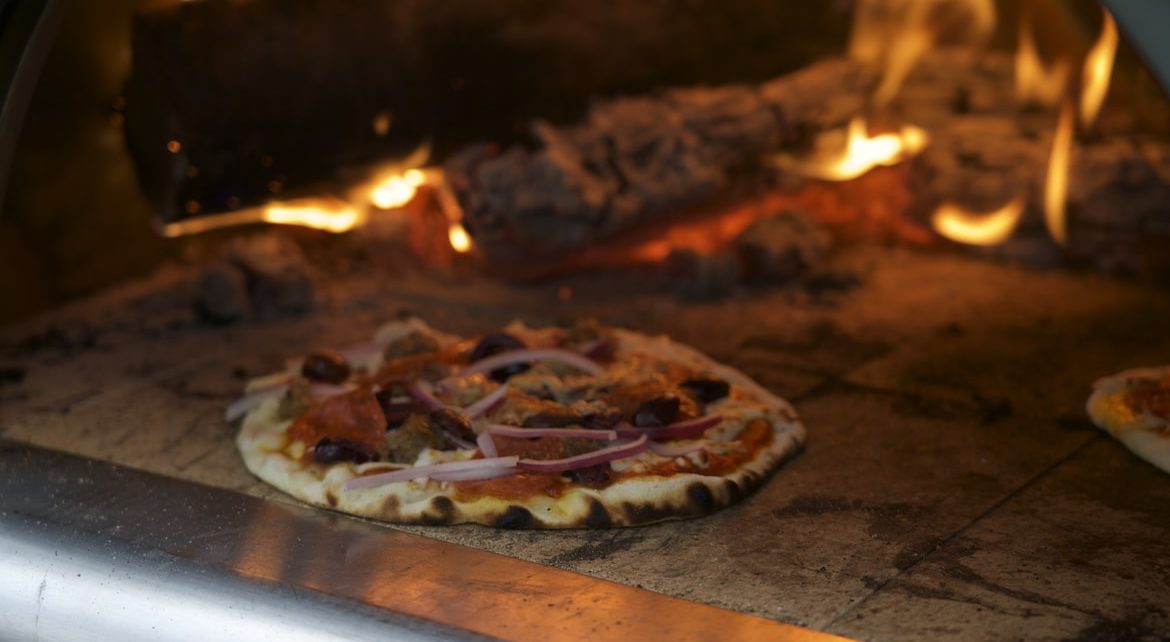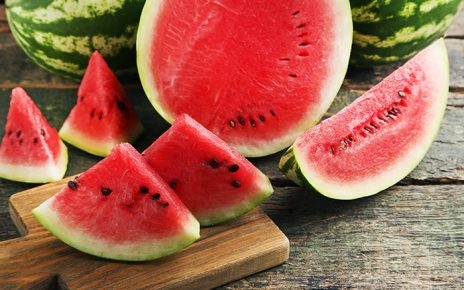Pizza Crust
Pizza is among the world’s most renowned foods. We all understand this; it’s a reality that so many people take for granted that the concept of bolstering such an apparent assertion with numbers may sound superfluous. It isn’t merely one individual’s opinion; according to estimates, 60% of individuals believe the crust is the main and most significant portion of a pizza.
From the wafer-thin New Haven-style to the renowned New York slice style to the wonderfully thick crust of Detroit and Sicilian style pizza, the crust is most often the decisive element in separating different varieties of pizza. While advertising often highlights the renowned, stringy cheese-pulls descending a sizzling hot slice of unique pizza additions, the crust is by far the most important part of a pizza.
The dough is produced, shaped into a circular, square, or rectangular shape, cooked, and then covered with pizza toppings. Another option is to buy pre-made crusts that have already been baked and are ready to be topped. Pizza crusts can be produced by hand, with pre-measured packaged components, or by utilising a prefabricated crust that has already been shaped, cooked, and only requires toppings to complete a pizza. Pizza dough can be bought as a pre-packaged combination of dry pre-assembled ingredients, with water being the only ingredient needed to finish the crust.
Alternatively, pre-packaged portions of crust dough in ball-shaped packets are offered refrigerated or frozen. The dough balls are often offered in 16, 20, 24, or 30-ounce weights to be formed into various sized crusts, round or rectangular, and baked before filling. It’s impossible to deny the allure of a wood-fired oven. High baking temperatures, wood fuel, and quick baking periods put expert cooks to the test, and customers agree that the gourmet pies are well worth the expensive costs.
A wood-fired oven’s large size and rustic brick or clay construction add to the eating experience, setting not-so-subtle expectations regarding food quality. Despite its many advantages, a wood-fired oven is one of the pickiest when it comes to choosing the right pizza dough. Simply told, not every crust works in a wood-fired oven, but those that do benefit from the deep, smoky flavour and appealing visual aspects. And if Fast Food Delivery Service is available then you’re in for a pizza paradise.
Why Does The Crust Matter So Much?
The cause for this is straightforward: the crust serves as the basis for all superb pizzas. Lacking the crust, we’d be stuck with a mixture of cheese, sauce, and toppings that resembled leftover lasagna more than pizza! This is an oversimplification, as cheese and toppings are excellent on their own, but the idea would be that the crust is what makes a pizza work in the end, and provides the topping with their functions. A pizza without a crust is analogous to a car without wheels, or, to put it another way, a glass of water without a glass.
Where Does The Perfect Pizza Crust Come From?
Every individual seems to have an idea of what constitutes the ideal pizza dough. It’s preferable to investigate how each factor, such as the materials, dough preparation, and baking technique, contribute to the important aspects of the pizza chef’s preferred style of pizza. Here are some of the most crucial characteristics to look for in a pizza crust:
Taste
The taste attributes of crust vary significantly based on the items required to make the dough and the heating component utilized to bake it. A New York-style pizza dough, for instance, has more sugar (many other varieties do not), which results in a sweeter crust and the extra impact of caramel flavours over the bottom. Baking a crust in a wood-fired oven, a normal oven, or a coal-fired oven imparts various flavours to the crust.
Texture
Amongst pizza beginners and pizza pros, this is the characteristic that stands out more than anything. The textures vary dramatically amongst styles, ranging from extremely crispy (some cracker-like) to soft and mushy. The Chicago deep-dish style crust and, on the floppier extreme, the Neapolitan style crust are two varieties of crust that demand that the pizza is eaten with a fork and knife (among the first styles of crust made for pizza).
Integrity
This could refer to a variety of factors, especially texture, but it’s best described as a crust’s capability to support the load and distribution of foods on top of it. For understandable purposes, a thicker crust, such as the Sicilian, Detroit, or Focaccia type crust, may appear to be the ideal choice. This isn’t always the case, though. In comparison to the other styles, the Chicago deep-dish style pizza, which is noted for its large amounts of cheese and toppings, has a thinner crust. Even smaller crusts, when properly constructed, may sustain a surprising amount of cheese and toppings above them.
Characteristics of the Crust
Wood-fired ovens are extremely hot, ranging from 600 to 900 degrees Fahrenheit, resulting in bake periods of less than 5 minutes. To achieve the following results, the crust must be able to withstand intense, dry heat and rapid cooking:
- The colour of the crust is a light golden brown with some darker browning.
- If baking is performed straight on the deck without using a sheet or pan, the crust texture is light, open-structured, and perhaps the crispest accessible.
- Crusts that bubble and blister a lot for a more appealing appearance.
Cautionary Notes about the Crust
The crispiness is a distinguishing feature of a wood-fired crust. It’s critical to remember the following to keep your pizzas from going awry: Because the pizza tops do not have enough time to dry out due to the short baking time, applying too many vegetable toppings may result in soggy crusts. Wood-fired pizza crusts aren’t the ideal option for a buffet or delivery/carryout. The crusts will not keep their crispness for long periods while being dependably tasty.
Varieties of Crust
When it comes to the best pizza dough or crust for wood-fired ovens, one rule applies: thin is in. A typical example is the creation of the crust for a Neapolitan pie, which must be no more than 35 centimetres in circumference and one-third of a centimetre thick in the centre for super-thin and crisp results. Wood-Fired New York Style Dough Balls and Neapolitan 00 Dough Balls from Alive & Kickin’ Pizza Crust are ideal for wood-fired ovens and are ideal for premium pizza crusts. Such dough balls can resist the intense heat in wood-fired ovens to produce a flawlessly crispy exterior, making them a favourite for minimizing pizzas preparation period and crust manufacture uniformity.
Best Pizza Crust
Since then, chefs from all over the world have put their stamp on the dish, everybody adding things fresh and unique to the meal. Pizza has undergone numerous variations since its birth, particularly when it refers to the crust. The crust has a factor in determining the taste, texture, thickness, and toppings of a pizza, as well as the recipe used to produce it. Preparation, baking, look, and presentation are all affected. It’s no surprise, then, that the crust is often the driving force behind pizza innovation. Experimenting with different crust types is a wonderful method to generate interest and buzz around menu items and can help attract new customers for pizza producers that are launching or expanding their menus.
Conclusion
A crust determines the core constitution of a pizza, as every variety of pizza starts at the bottom and works its way up. It’s what makes pizza, but it’s frequently overlooked since it’s concealed beneath the more visually appealing sheets of melty cheese and ingredients. After all, it is a crust’s essential job to sustain and enable its elements to shine brightly.




